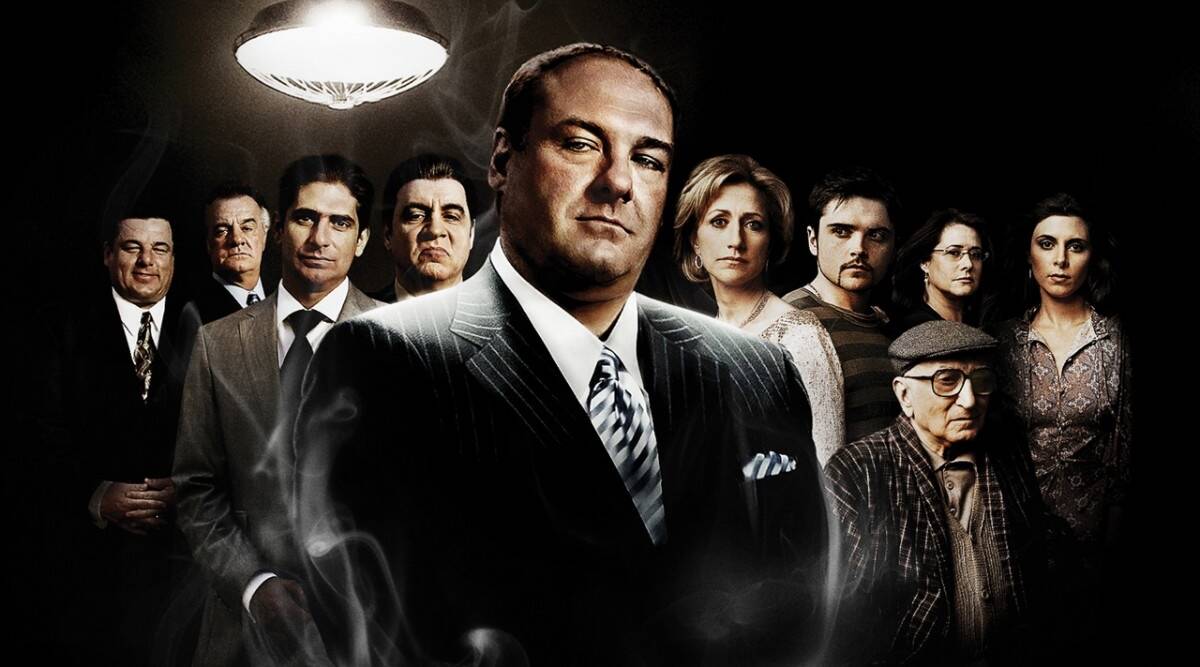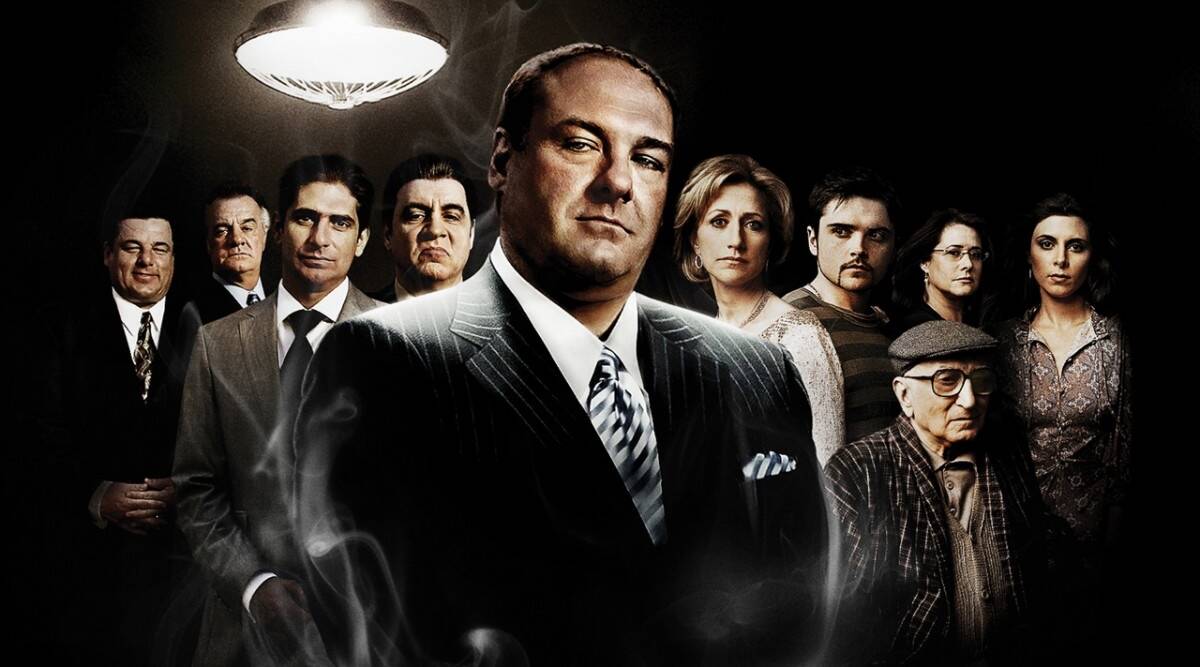This post is a commentary on a classic essay by Charles Tilly, “War Making and State Making as Organized Crime,” which appeared in the 1985 book Bringing the State Back In. Here’s a PDF of the original chapter.
His essay is a riff on an aphorism he developed earlier: the state make war and war makes the state. There’s a lot of insight imbedded in this statement. The key for me is that the people who turned feudal kingdoms into states in early modern Europe were not trying to construct the apparatus of a full fledged state — with centralized power, stable sources of funding, structures for transmitting rule throughout the realm, a monopoly on violence, and a strong military. Instead they were just trying to wage war effectively in a highly competitive environment in which the advantage went to the actor who could best mount and sustain large-scale military engagements.
The issue was not just who had the latest military technology but who had the political and economic resources to produce that technology and put it, plus a lot of manpower, into the field for extended periods of time. In order to accomplish this goal, they needed to develop a structure of governance that emerged into something approaching a modern state. State building was a side effect of war making.
In this essay, he builds on this analysis to show how making war and making a state are on a continuum with a variety of scurrilous forms of violent extraction like banditry, piracy, and extortion. Early states relied on bandits and pirates when needed to deal with their enemies, so the boundary separating bandit from warlord from king was blurred at best.
If protection rackets represent organized crime at its smoothest, then war making and state making – quintessential protection rackets with the advantage of legitimacy – qualify as our largest examples of organized crime. Without branding all generals and statesmen as murderers or thieves, I want to urge the value of that analogy. At least for the European experience of the past few centuries, a portrait of war makers and state makers as coercive and self-seeking entrepreneurs bears a far greater resemblance to the facts than do its chief alternatives: the idea of a social contract, the idea of an open market in which operators of armies and states offer services to willing consumers, the idea of a society whose shared norms and expectations call forth a certain kind of government.
This essay, then, concerns the place of organized means of violence in the growth and change of those peculiar forms of government we call national states: relatively centralized, differentiated organizations the officials of which more or less successfully claim control over the chief concentrated means of violence within a population inhabiting a large, contiguous territory.
War makes states, I shall claim. Banditry, piracy, gangland rivalry, policing, and war making all belong on the same continuum – that I shall claim as well. For the historically limited period in which national states were becoming the dominant organizations in Western countries, I shall also claim that mercantile capitalism and state making reinforced each other.

At the heart of the comparison is the protection racket. The mob offers to protect merchants from other predators, for a price, and makes it clear that to refuse the offer will make them the prey of the protectors. The state’s claim to legitimacy is the protection it offers residents from other marauders by creating a monopoly of violence on its own turf, with states dividing up the territory the way gangs do. The state’s legitimacy grows more credible to the degree that the value of its protection to residents is greater than the taxes it levies on them.
As economic historian Frederic Lane put it twenty-five years ago, governments are in the business of selling protection … whether people want it or not. Lane argued that the very activity of producing and controlling violence favored monopoly, because competition within that realm generally raised costs, instead of lowering them. The production of violence, he suggested, enjoyed large economies of scale.
A tendency to monopolize the means of violence makes a government’s claim to provide protection, in either the comforting or the ominous sense of the word, more credible and more difficult to resist.
States make war, which is very expensive, so success at war-making increasingly depends on developing reliable sources of funding.
“As always,” comments V. G. Kiernan, “war had every political recommendation and every financial drawback.”
This means centralizing administration, so revenues flow directly to the king rather than to local lords, which works hand in hand with becoming less dependent on local militaries by hiring your own mercenaries and eventually developing a national military. In part this a matter of force: kings defeating lords on the battlefield. And in part it’s a matter of politics: developing political institutions such as parliaments that grant freedoms to nobles and commoners in return for legislating taxes to support the realm. As warfare becomes larger in scale, the need to concede powers grows in order to create the conditions in which men will volunteer to fight for their country. Think of the success that Napoleon had with his massive citizen armies.
Every advance in the scope and cost of war led to a corresponding advance in the complexity of the state machinery for mobilizing manpower and resources and promoting an economy that could sustain the enterprise.
Thus, the sheer size of the government varied directly with the effort devoted to extraction, state making, protection, and, especially, war making but inversely with the commercialization of the economy and the extent of the resource base.
Consider the three major moments in the expansion of the US federal goverment, which took place during the Civil War and the two world wars. And such war-generated increases in state capacity don’t fade away in the peacetime that follows.
What A. T. Peacock and J. Wiseman call a “displacement effect” (and others sometimes call a “ratchet effect”) occurred: When public revenues and expenditures rose abruptly during war, they set a new, higher floor beneath which peacetime revenues and expenditures did not sink.
The general rule seems to have operated like this: The more costly the activity, all other things being equal, the greater was the organizational residue.
This recurring process of war-making and the consequent growth in the fiscal and political develoment of government is what constructed the modern European nation state, with its characteristic qualities.
Broadly speaking, internal struggles such as the checking of great regional lords and the imposition of taxation on peasant villages produced important organizational features of European states: the relative subordination of military power to civilian control, the extensive bureaucracy of fiscal surveillance, the representation of wronged interests via petition and parliament.
But, as Tilly points out at the end, this virtuous cycle is not one that can necessarily be repeated in our own time, as recent history has shown.
Despite the great place that war making occupied in the making of European states, the old national states of Europe almost never experienced the great disproportion between military organization and all other forms of organization that seems the fate of client states throughout the contemporary world. A century ago, Europeans might have congratulated themselves on the spread of civil government throughout the world. In our own time, the analogy between war making and state making, on the one hand, and organized crime, on the other, is becoming tragically apt.
The mob is back.

